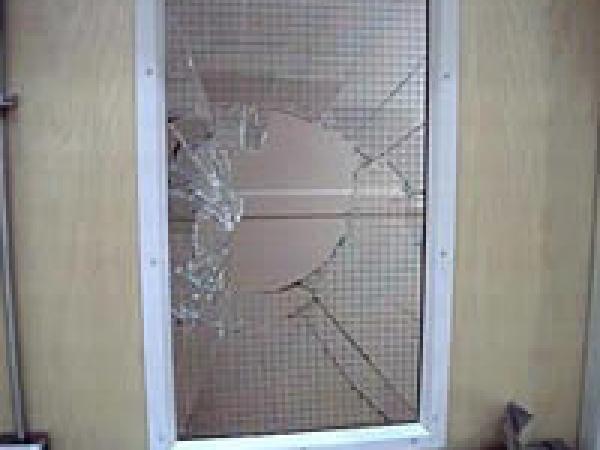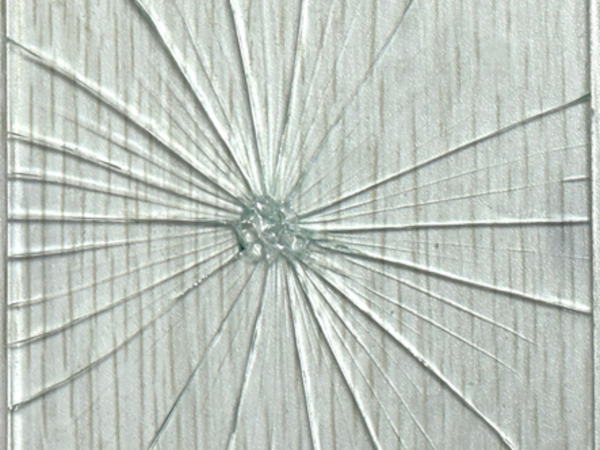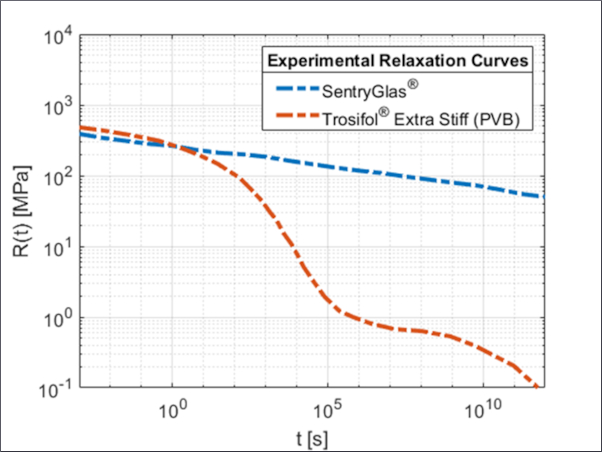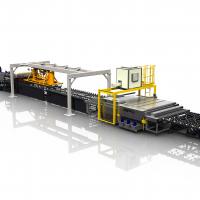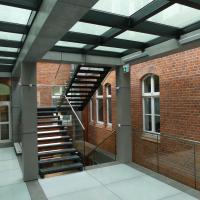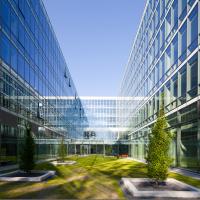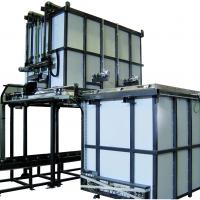Parents, victims, educators and doctors are left asking, “Why do they do that?”
Many building and fire officials are mistaken about the impact resistance of wired glass and believe it to be a safety product, in part because the wires give the appearance of increased safety.
The common misperception is that the embedded wires reinforce impact strength, when they do just the opposite. The wires actually weaken the glass and substantially reduce its impact resistance, so wired glass is in fact only half as strong as ordinary annealed glass. Wired glass is more dangerous than regular glass when it breaks because the exposed wires are razor sharp and catch a victim's body part in the opening, and increase the severity of the injury.
Children and young adults are seriously and permanently injured every year as a result of the dangerous use of wired glass vision panels in areas where impact safety glazing is required. Wired glass is commonly used in hospitals, schools and colleges as an approved fire-protection glazing for fire doors and windows installed in corridors, stairwells, gymnasium walls and other fire-rated areas where accidental human impact is likely.
Although wired glass meets fire test criteria for fire-rated vision panels, it is not classified as a safety glazing material by the Consumer Product Safety Commission (CPSC) under the federal safety glazing standards established in 1977, 16 CFR 1201. However, because of a 25-year-old federal exemption, foreign wired glass manufacturers label and sell their products as safety glazing in the U.S. — but under a lower ANSI (American National Standards Institute) Z97.1 voluntary standard.
CPSC rejected the ANSI Z97.1 standard as inadequate to protect anyone except children under five.

U.S. safety glazing regulations and building codes
In 1977, CPSC established a federal safety glazing standard designed to reduce the risk of serious injuries caused by accidental impact with architectural glazing materials. The standard was intended to apply to all glazing materials, and preempt local building codes.
When CPSC first published its standard, foreign wired glass manufacturers recognized their products couldn't meet the new higher performance requirements, and lobbied the CPSC to exempt wired glass in fire doors. CPSC conceded to a temporary 2½-year exemption for wired glass in fire assemblies to allow the industry time to develop technology to make glazing meeting both fire and impact safety.
Japanese wired glass manufacturers weren't satisfied with a temporary exemption, and took CPSC to court, challenging the expiration date as arbitrary. CPSC was forced to abandon its efforts 20 years ago to regulate a dangerous consumer product under its federal authority, which left it to the building codes to adopt and enforce impact safety requirements for wired glass in fire assemblies.
The wired glass industry thereafter prevailed upon model building codes to adopt the lower voluntary standard, ANSI Z97.1, for wired glass in fire assemblies as an exception to the CPSC safety glazing requirements applied to all other glazing materials. Foreign wired glass manufacturers and their various U.S. distributors and affiliated businesses have actively participated in the ANSI Z97.1 review process for over two decades.
The ANSI Z97.1 committee has voted the past 20 years to perpetuate a lower performance standard that allows wired glass manufacturers to classify and label fire-rated wired glass as safety glazing, despite undisputed facts proving it's anything but safe.
The lack of accurate, publicly available information about wired glass, such as comparative impact strength and injury data, preserves the public misconception that wired glass is a labeled safety glazing product equivalent to other labeled safety glazing materials tested to the higher CPSC standard.
The public's perception
Few code officials and industry professionals are aware the lower ANSI Z97.1 impact test was rejected by CPSC as inadequate for safety. Nor do they know the differences between the ANSI Z97.1 100-foot-pound impact test level; the higher CPSC Category I, 150 foot-pound test; and the highest Category II, 400 foot-pound impact level that protects adults from injury on full body impact.
Fire-rated wired glass is the only glazing material excused from CPSC safety requirements. All other glazing materials, including non-wired fire glazing products approved for use in fire assemblies, must meet the higher CPSC standard. As a result, wired glass manufacturers actively market their products as meeting U.S. code safety standards for use in hazardous impact areas, despite the evidence it causes debilitating injuries.
When the injury record shows that children and young adults are at risk of injuries resulting in amputation, permanent nerve and muscle damage, paralysis, severe atrophy, and restricted hand and arm mobility, to the degree that a high school boy can't button his pants or pick up a milk carton, it is clear current building codes and CPSC regulations are inadequate, and changes are needed to protect public safety.
Fire safety requirements no longer justify an exception to allow fire-rated wired glass under a lower impact standard, when several alternative fire-protection glazing products are available that meet both fire code and CPSC impact safety standards.

Model code actions are long overdue
A. Elkin, chairman of the National Commission on Product Safety, testified: “When your intelligence tells you that something will create an injury and that it seems conceptually clear that injury will occur, it is primitive to wait until a number of people have lost their lives, or sacrificed their limbs, before we attempt to prevent those accidents.”
Today, CPSC, ANSI and model building code actions to address the public safety risk posed by wired glass are long overdue, and ripe for action at federal, state and local levels. CPSC knew when it proposed the federal standard 25 years ago that wired glass is dangerous, but backed away from its responsibility to regulate this product under pressure by foreign manufacturers demanding exemption, and left it to building codes and private industry to sort out.
The International Code Council has recently taken steps to address the dangers of wired glass, and code development committees have recommended code changes to eliminate the ANSI Z97.1 exception for wired glass, and require compliance with the CPSC standard.
CPSC needs to step up to its duty to protect the public from hazardous products that it abandoned 20 years ago, and terminate the exemption that it originally intended to end in 1980.
Article by Greg Abel, published with permission of
![]()
Greg Abel is chair of Advocates For Safe Glass, a nonprofit group founded by parents of children severely injured by wired glass products used in public buildings. For more information, visit www.safeglass.org

